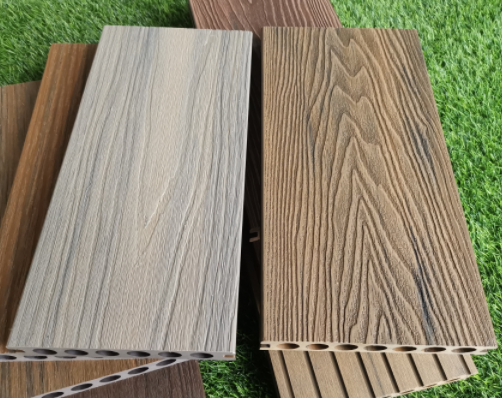
Wood-Plastic Composites (WPCs) are typically made from a combination of wood fibers or wood flour and thermoplastic resins.
These wood particles are sourced from various wood products, including sawdust, wood chips, and wood shavings.
transform high standards
productivate next-generation
In the case of recycled wood, the material is often sourced from post-consumer or post-industrial sources, such as old furniture, pallets, or construction waste. This helps reduce the environmental impact of WPC production by diverting wood waste from landfills.
Wood flour, on the other hand, is derived from finely ground wood particles, typically obtained from wood processing operations. This material is often used in WPCs due to its fine texture and compatibility with thermoplastics, allowing for better blending and homogeneity in the final product.
Both wood fiber and wood flour can be used in WPC production, depending on the desired properties of the final product. Recycled wood is often favored for its environmental benefits, while wood flour is preferred for its fine texture and compatibility with thermoplastics.
In conclusion, the choice between wood fiber or wood flour in WPC production depends on factors such as material availability, desired properties, and environmental considerations.



